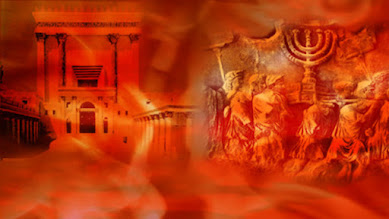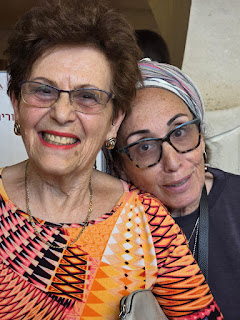It’s back to the beginning again as we return to Perek 1
for the third round of pre-Shabbat Pirkei Avot posts.
The first mishnah in the first chapter of Avot begins by establishing how the chain of Torah tradition passed all the way down from the Giving of the Law at Sinai to its being received by the Men of the Great Assembly in the fifth century BCE. This was a tough time. Prophecy was fading away and the Jewish people had come to understand that, from now on, they were to navigate through life with the guidance of only their own understanding of the Torah. This being so, it was apparent that the Torah needed to be protected if it was to protect those to whom it was given. Our mishnah therefore concludes with the third of three instructions from the Men of the Great Assembly:
עֲשׂוּ סְיָג לַתּוֹרָה
Make a fence around the Torah.
What sort of protection does the Torah need? Essentially,
there are two main threats to its integrity. One comes from its deliberate or
inadvertent misinterpretation; the other, which our mishnah addresses here, is
the concern that its adherents will transgress Torah laws though their failure
to perform or obey them properly. A classic example relates to observance of
the rule that one must not do creative work on Shabbat, the seventh day of the
week. This holy day is “fenced in” by adding to it a little bit of both the day
before and the day after, to give a little leeway for those good souls who seek
to work right to the very last minute and may, in doing so, slip up. This is
presumably why, in its Avot page online, Chabad.org actually translates סְיָג (seyag,
“fence”) as a “safety fence”.
Here's an additional and perhaps surprising explanation:
fence in your words so that they do not become a burden on the people who have
to listen to you. This is especially the case when speaking words of Torah:
one’s words should be carefully suited to match the subject matter, the
occasion and the audience to whom they are addressed. This is not a modern
attempt to make the mishnah more meaningful to contemporary readers. It
actually comes from the Me’iri (1249-1315) in his Bet HaBechirah.
The Me’iri also cites a tale from the Mishlei HaArav concerning a certain wise
man who was excessively long-winded. When asked why he spoke at such length he
replied: “So that simple folk will understand”, to which he received the
retort: “By the time the simple folk understand, the intelligent folk will be
bored out of their minds”.
In reality, while a teacher of Torah (or indeed of anything
else) can with relatively little effort adapt his words to a single talmid and
will hurt no one else even if he repeats himself 400 times (see the story of
Rav Perida, Eruvin 54b), the task becomes exponentially harder with each
additional addressee. When dealing with a class full of students, each with
their specific aptitudes and requirements, it is hard to establish a fence
round one’s words that protects those who are quick on the uptake without
imposing an insurmountable barrier for those who are less fortunate. One law
professor used to share the following advice with each junior colleague as they
joined her faculty:
“The trick is to say everything three times without repeating yourself even once”.

















